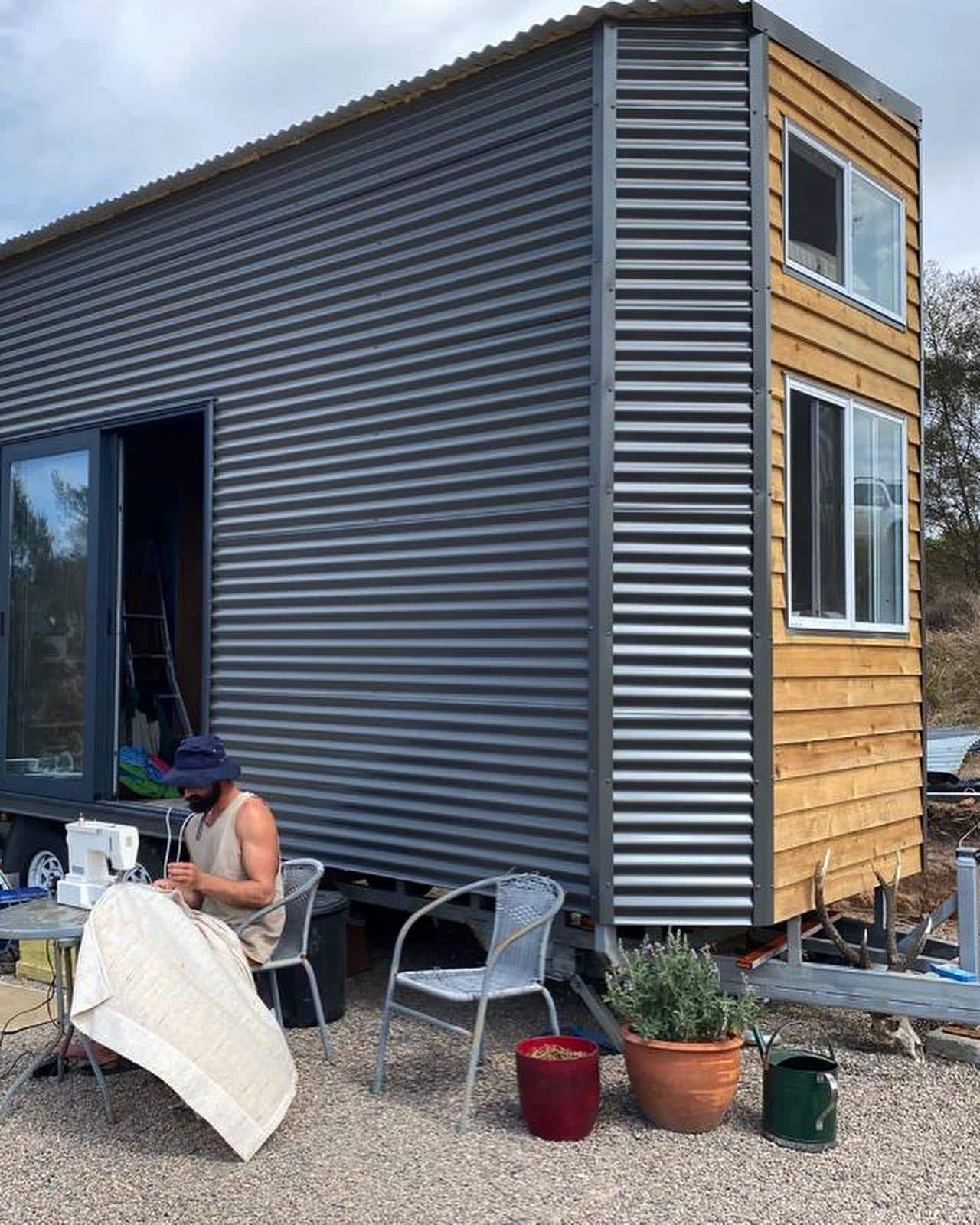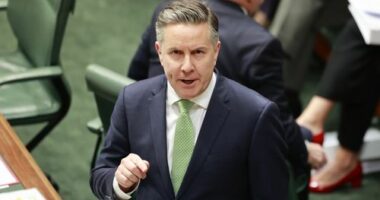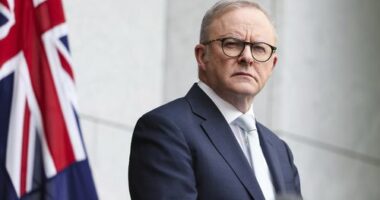Share this @internewscast.com
But he and the property owner did not seek council permission or apply for a development approval for the dwelling, though he says he did build it “based on state legislation”.
“For someone living [in] a tiny house and not being able to afford a home, to get this letter where you have to pay a million dollars … it just seems to be so outrageous and not very understanding,” he said.
Turning to tiny homes as a last resort
In Australia, tiny homes have been available for roughly the past 15 years, costing anywhere between $20,000 to $200,000. Some are marketed as vacation homes and can be found on short-term rental platforms like Airbnb.

Manu did not complete a development application with Bega Valley Shire before he constructed his tiny home. Source: Supplied
For some, they have become an affordable option for housing.
“Tiny houses would be basically the only affordable way of living to us, as we don’t own land and would rely on staying in someone else’s property,” he said.
Manu is onboard with the laws, but believes he is justified in having his tiny home on private property.

Manu said he built his tiny home believing it was the only affordable way of living without having to leave Bega Valley. Source: Supplied
Getting approval for tiny homes in Australia depends on whether they’re seen as buildings (like cabins) or vehicles (like caravans), since each has different rules. Tiny homes on wheels can sometimes bypass building approvals. But living in them full-time isn’t always straightforward — it depends on the local council.
“It just feels like the council here is treating us as [if] we are bringing a problem to them — when we are actually bringing a solution.”
Old laws, new homes
“We are now in a housing crisis — and the crisis is manifesting itself in a lot more people having absolutely no choice but to live in vehicles or tents. It is not a lifestyle choice. There is no alternative.”

This draft order letter informing Manu was to demolish or remove his tiny home was sent by the Bega Valley council. Source: Supplied
Burton believes it’s understandable for councils to evict tiny homes who may be on public land — but questioned the local council’s priorities as social housing waitlists can be up to five years.
“People are sleeping in vehicles and tents, not because they’re on holiday, but because that’s the only opportunity available to them, they have no choice but to live in a van or a tent because they can’t afford to buy anywhere,” he said.
“[It’ll] make a huge difference in the way that people can afford … live and just stay in a healthy state of mind. It’ll make such a big difference.”











